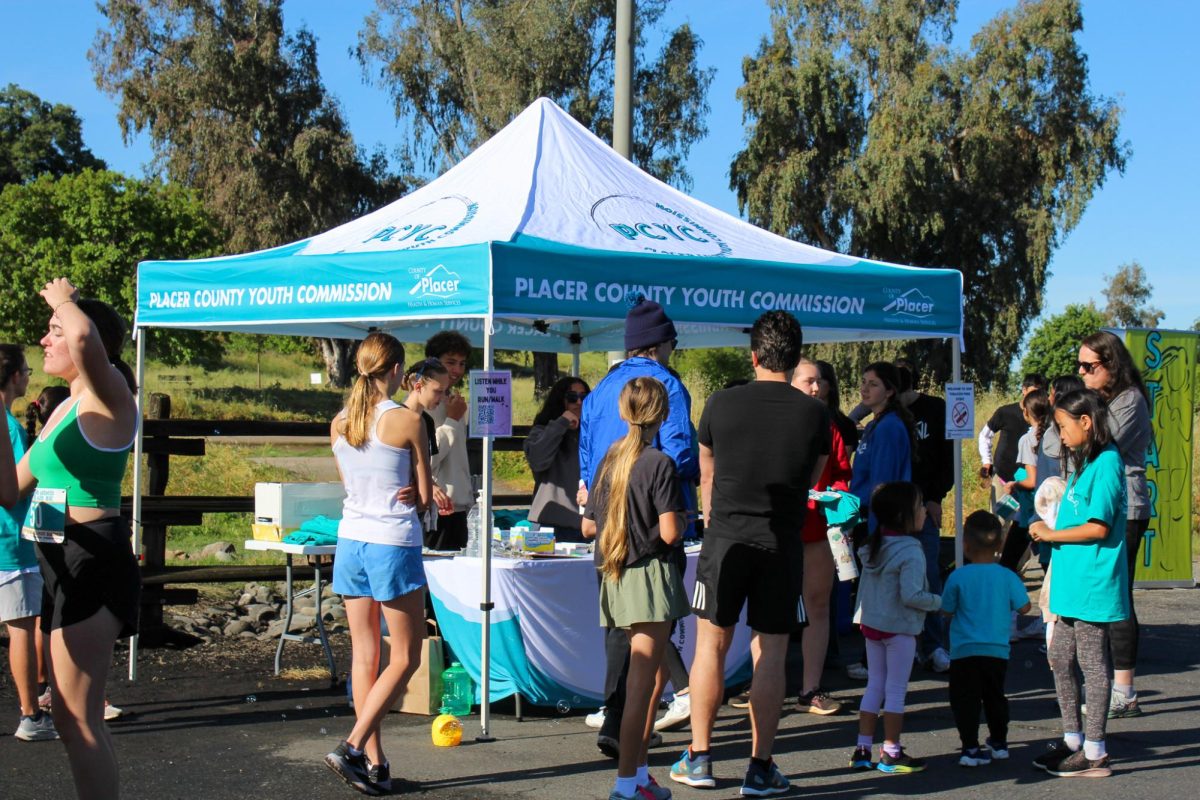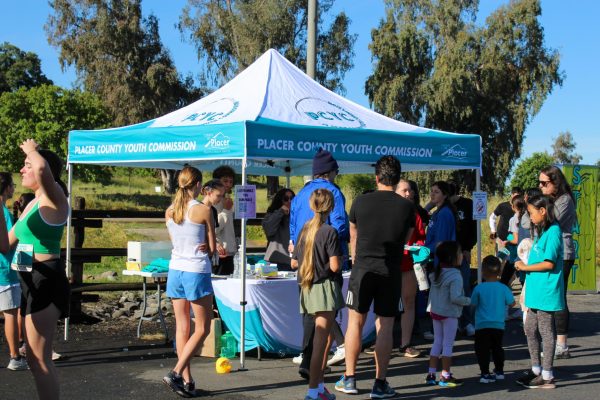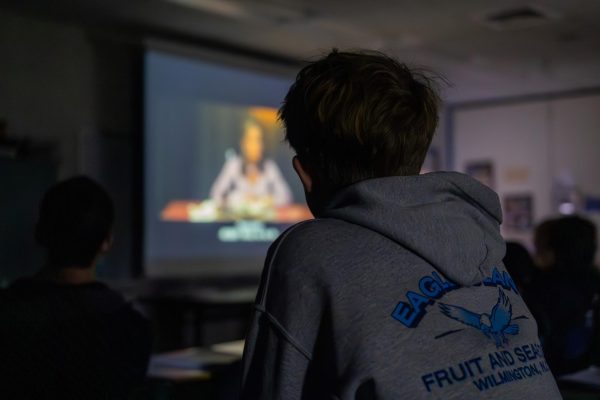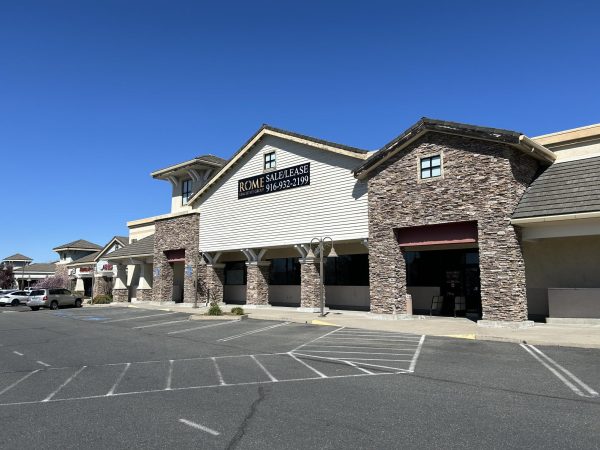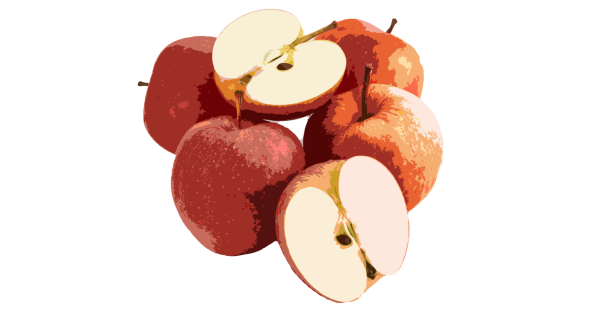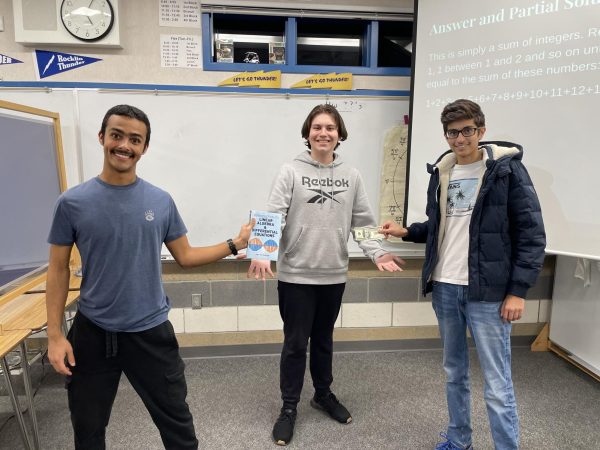Student Diversity on the Rise
Rocklin High’s student body is comprised of many ethnicities, including Native American and Pacific Islander
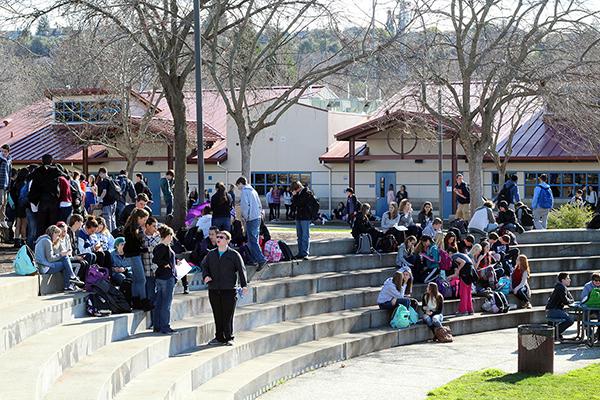
May 2, 2016
Rocklin High School’s student body is stereotypically known for its lack of diversity. When people think Rocklin, they think white. While this may have been true back in 1993 when the school opened, it most certainly is not the case today.
To highlight the increasing diversity of Rocklin High’s student body, we attempted to provide statistics regarding the population of various ethnicities on campus in our second print issue of The Flash, “Heritage.” These statistics were taken from an optional survey designed by RHS student media. Thus, the numbers published in The Flash only represented students that took the survey rather than the entire student body.
The print issue implied that there are no students of Pacific Islander or Native American heritage at the school, which is untrue. As of the 2015-2016 school year, Rocklin High’s student body is 0.52 percent Pacific Islander, 0.42 percent American Indian, 5.8 percent Asian, 3.65 percent Filipino, 1.88 percent Black, 14.6 percent Hispanic, 5.2 percent multi-ethnic and 67.9 percent White.
While Rocklin High is still overwhelmingly white, its diversity has increased over the years. During the 2000-2001 school year, the student body was 83.9 percent White. In a matter of 15 years, this percentage has dropped a significant 16 points.
The Asian and Hispanic populations have expanded most notably since the school’s opening. In 2000, Asians made up only 0.5 percent of the student body as opposed to 5.8 percent today. Similarly, only 6.6 percent of the student body was Hispanic as opposed to 14.6 percent today.
Our intention in publishing the “Heritage” issue of The Flash was to celebrate this increasing diversity of the student population, as it is ultimately making Rocklin High School a better place. Students here are learning to embrace their differences, and a diverse student population helps shape teenagers into tolerant, open-minded adults who will change society for the better.




